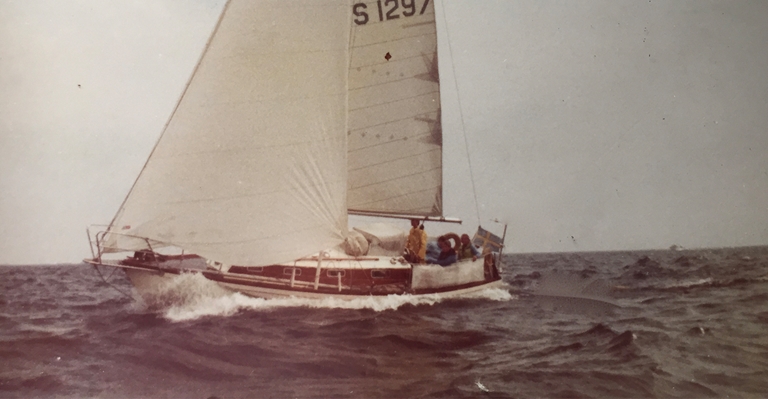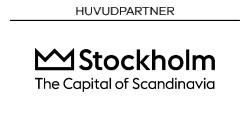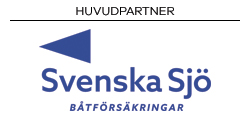A lot has happened, but a lot is the same!
The year is 1975 and five perky cadets from the Naval Academy together with my sister decided that we would sail Gotland Runt together. We were all seaworthy, sailing-savvy and good at navigation, but experience from offshore sailing none of us had. We were all around 20 years old, probably the youngest crew in this year's race.
My father lent his pride Marusjka to us, a 1968 Mistral who sailed in class IOR IV. Marusjka had sailed Gotland Runt before, partly with my father and several experienced KSSS sailors, under the name Tone III with the then owner Olle Linger which resulted in a victory in Gotland Runt 1969. We thought maybe, a little naively, that we had a good chance to place us well in the results list, at least in our class where we named the biggest competitor to Amanda, sailed by PG Gyllenhammar.
Late start…
We were in a very good spirit and took the preparations very seriously, but truthfully, I must say that we did not have the time to train that much together. The weather forecast looked good with a downwind to Ölands Norra in a fresh breeze of 6-10 m/s. We had misjudged the time from Sandhamn to the starting area outside Revengegrundet and we were without a doubt last over the starting line. We kept our spirits up and thought that there was a lot of time to make up for lost time. Already at Ölands Norra we were in the middle of the fleet and the following steep half-wind in the increasing breeze was great for Marusjka. One of the features that we had was that the spinnaker was mounted in a "sock", today quite common but at that time a novelty. This made us dare to have the spinnaker up in the steep half-wind all the way to Hoburgen and we chased class II boats that looked at us enviously. Once at Hoburgen, there were several boats that had misjudged the wind strength and the wave conditions when they passed the southern cape of Gotland, which resulted in several mast breaks. New for the 1975 competition was that KSSS had official boats at the roundings, so help was quickly available for those who had problems.
What has changed in 45 years?
Some important differences on Gotland Runt then and now are, in addition to the size of the boats, that the navigation took place with radio beacon and dead reckoning, a technology that few master today. For communication we used a crunchy VHFs with short range. Weather reports were only obtained if you managed to get the sea weather forecast on the radio when you were close to Gotland. With that said, as a sailor you were quite left to nature and we spent a lot of time reading clouds and waves to understand what was to come.
After a long cross up along the outside of Gotland where my greatest memory is when one of the guys on duty at midnight during my free shift suddenly shouted:
- According to our dead reckoning, we just tacked right over very shallow waters!
As the skipper on board, I was up in the cockpit with the speed of lightning and quickly ordered that we should turn out from the difficult-to-navigate coast at Ljugarn and not go closer than one nautical mile until it gets light.
Nothing is nicer than a sunrise at sea and when the day dawned and we passed Fårö the wind died out, all the boats lay around us and splashed in total pale. One of our officers from the Naval Academy sailed aboard Attaque as a navigator and was just north of us. When dusk on Tuesday began, the signal lamp was picked up and we signaled between the boats. The biggest concern was if we would make it to Sandhamn in time for the regatta dinner on Thursday.
A wonderful downwind over the Baltic Sea
The wind came back on Wednesday morning and this time from the south so we sat the spinnaker again and sailed north towards Svenska Björn. The navigator announced that we should be there in about 12 hours. We noticed that most of the fleet sailed along the shore to catch the sea breeze, but we put one man at the helm and one man on the spinnaker, while the others ate a good lunch and with a beer after a couple of tough days. Life felt great and no other boats in sight but the navigator was comfortable with our course and speed and kept a good grip on the dead reconning.
Late in the evening after averaging a speed of 6-7 knots all day, the navigator said:
- Now we should soon see the light from Svenska Björn's lighthouse.
To our delight, the lighthouse appeared right in front of us, and several competitors popped up to port on the horizon. Our assessment was that we rounded Svenska Björn in the middle of the field and with new energy began the last headwind to Almagrundet and the finish in Sandhamn.
On Thursday, well in time for the regatta dinner, we moored tired and happy after finishing the almost 400NM long offshore race. We came in 8th place out of about 17 boats in the class and we beat our main competitor Amanda. We were really happy and have sailed many Gotland Runt since then.
Both the boat and the crew behaved well, it can be added that we were quite young and hope this can inspire more young sailors to take the step and sail Gotland Runt, now the world's largest annual offshore race.















